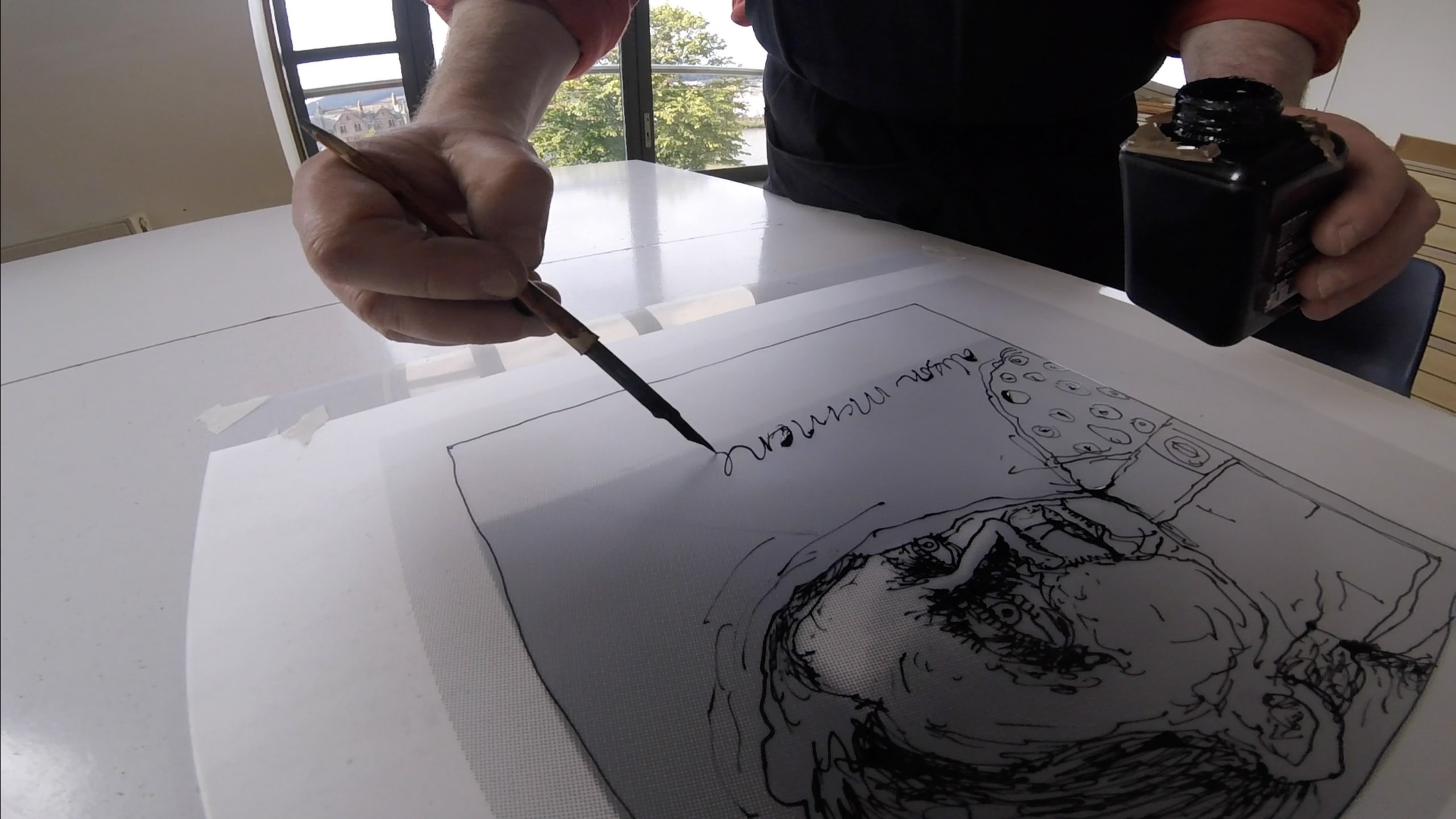
Screenprinting
Screenprinting is the medium that was used prolifically by the likes of Andy Warhol and Roy Lichenstein and is a very popular printmaking technique whereby a mesh screen and light-sensitive emulsion is used to create a stencil that enables transfer of ink onto fabric or paper.

Process one
The artwork consists of either a drawing done on transparent film or a photograph digitally printed onto transparent film. The image is laid onto the exposure unit and a fine mesh screen coated with light sensitive emulsion is laid on top.



Process two
The emulsion hardens where the light hits it and remains soft where it is blocked by the drawing. This soft emulsion is washed out to create a stencil.

Process three
The screen is fixed onto a print bed and a rubber squeegee is used to push the ink through the screen stencil to transfer the image onto the paper below.

We have an Intermediate Screenprint workshop happening across the weekend of 30th November – 1st December. If you have some experience of screen printing and wanting to take this class to further your knowledge and skills then please take a look and consider. If you are unsure of whether you have enough experience to take the Intermediate level then please call the studio to speak with one of the team and we will be able to direct you on whether this class is suitable for you.